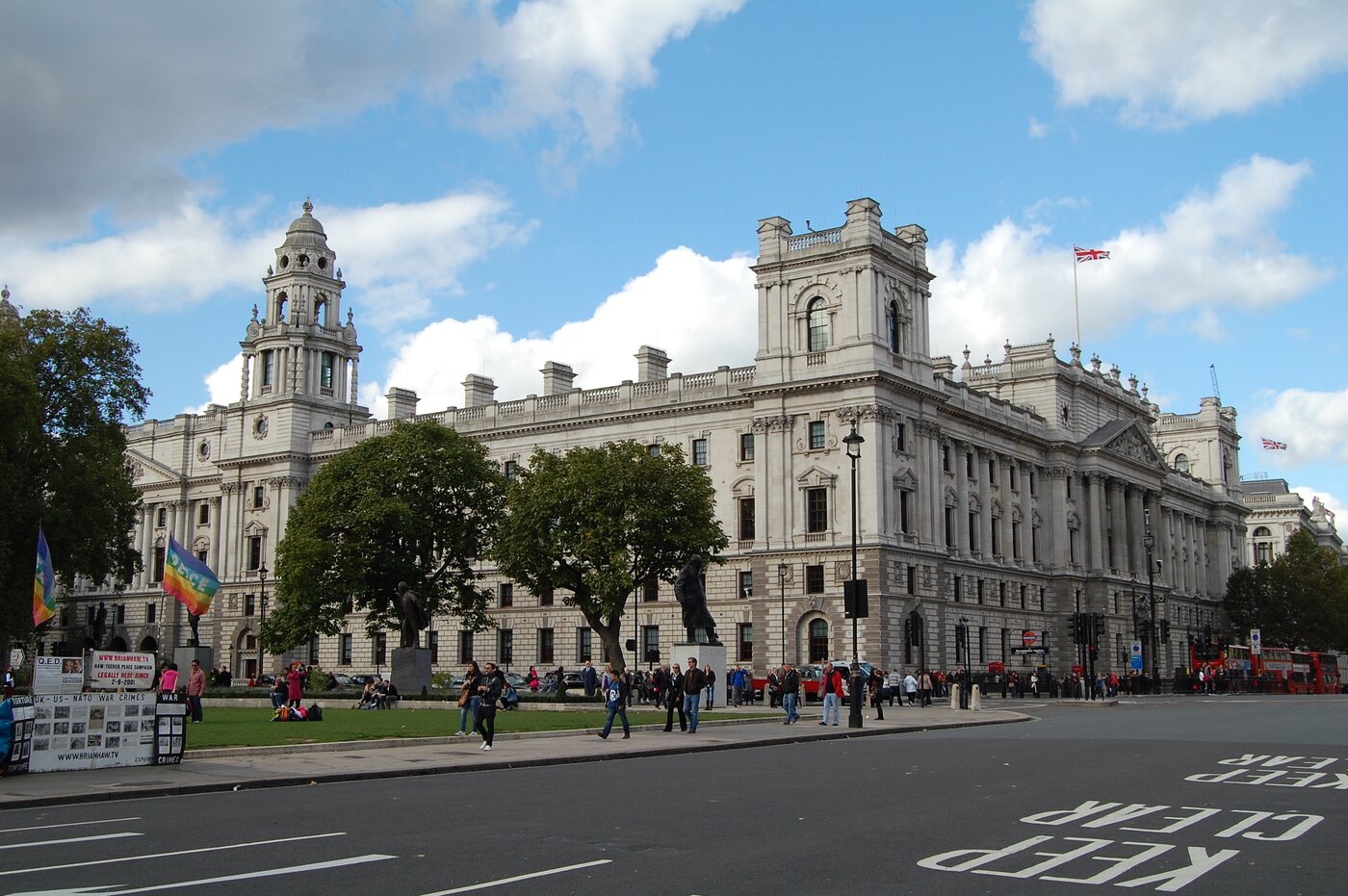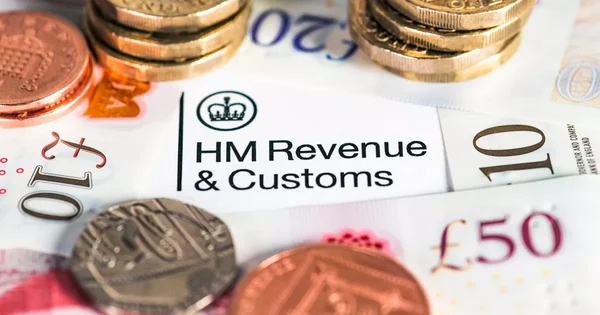Introduction
Thousands of low-income workers in the United Kingdom could secure government-backed bonuses of up to £1,200 through HMRC’s Help to Save scheme. This government initiative, designed to encourage positive saving habits among individuals on tax credits or Universal Credit, lets eligible participants build up savings over four years and receive substantial tax-free bonuses.
With households continuing to feel the effects of high living costs, this scheme represents a critical support measure for those most in need. Here is what eligible savers need to know about accessing the Help to Save bonus this year.
What Is the Help to Save Scheme?
Help to Save is a government-backed savings plan managed by HM Revenue and Customs (HMRC). The scheme allows working individuals in receipt of certain benefits to open a secure savings account. Launched in September 2018, the main aim is to reward regular saving habits with tax-free bonuses paid by the government.
Participants can save between £1 and £50 per month, and after two and four years, eligible account holders receive bonuses based on the highest amount they have managed to save. This structure is designed to help those on lower incomes build a financial safety net without risking their eligibility for benefits.
Who Can Apply for the Scheme?
Help to Save is open to people residing in the UK who meet specific benefit criteria. According to the latest guidance from HMRC: Applicants must be entitled to Working Tax Credit. Or, they must be receiving Universal Credit with an employment income of at least £722.45 in the most recent monthly assessment period.
The scheme is available to individuals only, not joint accounts. Recent government figures indicate that over half a million accounts have been opened, with unified efforts underway to increase awareness among eligible groups. The Department for Work and Pensions (DWP) and HMRC continue to promote the scheme through official channels.
How Does the Bonus Work?
The Help to Save account operates over a maximum of four years, divided into two-year segments. Savers can deposit up to £50 each calendar month, but are not required to do so every month. After the first two years, participants receive a bonus equal to 50 percent of the highest balance they achieved during that period, up to £600.
At the end of the fourth year, another bonus also up to £600 is paid if the saver’s balance has increased compared to their earlier best.
In total, the maximum government bonus possible is £1,200, should a participant consistently save the maximum allowance throughout the four-year period. An official statement from HMRC explains: ‘Help to Save offers working people on low incomes a 50 percent bonus, which means for every £1 saved the government will add 50p.’ The service is delivered online or through the HMRC app.
Why Was Help to Save Introduced?
The scheme originated from recommendations by policymakers and financial inclusion advocates who highlighted challenges faced by many working households in building up even modest savings. According to the Money and Pensions Service, millions of UK adults have less than £100 in savings, leaving them vulnerable to financial shocks.
Help to Save was designed to encourage regular, small-scale saving by offering a powerful incentive the government bonus. The underlying intention is to boost financial resilience and independence for people at risk of falling into problem debt. In the years since its introduction, the scheme has received support from a cross-section of policymakers, including the Treasury and the DWP. A government-commissioned evaluation is ongoing to measure its long-term impacts.
Government Perspectives and Recent Developments
The current Chancellor of the Exchequer, Rachel Reeves, has underscored the importance of financial inclusion policies. While there have been calls for the scheme’s eligibility to be expanded, government ministries continue to focus on maintaining the core provisions of Help to Save.
An HMRC spokesperson stated recently: ‘Help to Save is providing real help to working people on lower incomes to build up savings for life’s emergencies.’ Official data published by HMRC confirms that savers have deposited more than £372 million since the scheme began, with the government paying out over £146 million in bonuses as of June 2024. This year, the government extended the availability of the Help to Save scheme until April 2025.
There is ongoing debate among consumer advocates about the scope and sustainability of the bonus payments, particularly given the rising cost-of-living pressures.
Help to Save remains a vital tool for low-income UK residents looking to grow their savings with government support. With potential bonuses of up to £1,200 over four years, the scheme offers a unique incentive for regular saving at a time when households face significant cost pressures.
The initiative has already helped many participants build emergency funds and improve their financial confidence. As the economic environment evolves, so too may the shape and scale of Help to Save. The government is closely monitoring participation rates and the wider impact on financial well-being. Ongoing debates about programme expansion and awareness-raising efforts will likely shape the scheme’s future.
For individuals seeking to strengthen their financial position, tools like Help to Save and digital finance apps such as Pie can play an essential role in building brighter financial futures.











